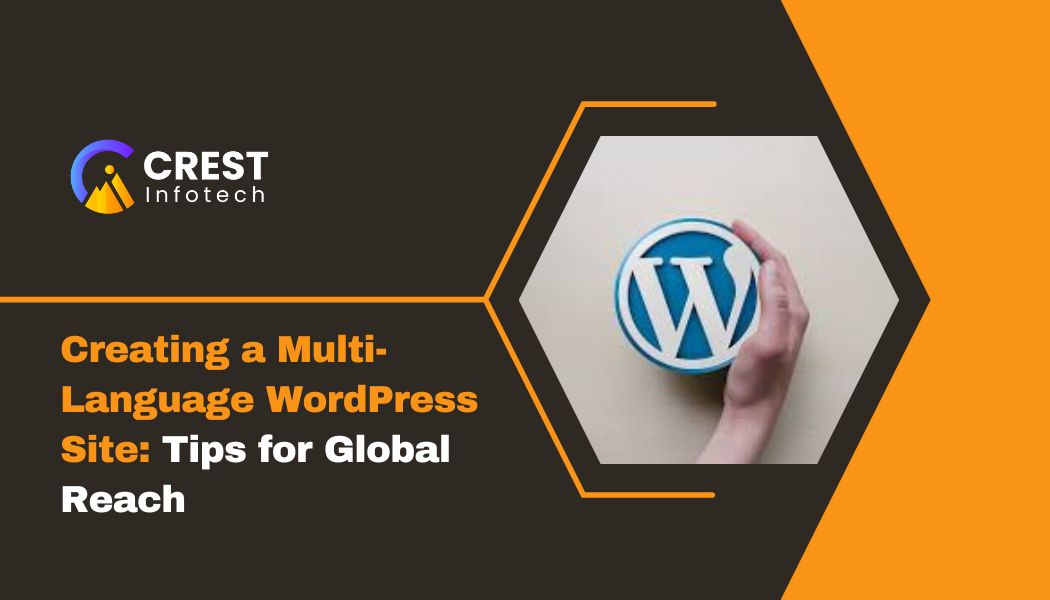In today’s interconnected world, reaching a global audience can significantly enhance your brand’s visibility and customer base. A multi-language WordPress site allows you to cater to diverse demographics, improving user experience and engagement. Here are some essential tips to help you create a successful multi-language WordPress site.
1. Choose the Right Multilingual Plugin
Selecting a suitable multilingual plugin is crucial for the functionality of your site.
- Popular Options:
- WPML (WordPress Multilingual Plugin): A comprehensive solution that allows you to translate posts, pages, custom types, and taxonomies. It supports various languages and offers a user-friendly interface.
- Polylang: A free plugin that enables you to create a bilingual or multilingual WordPress site. It’s easy to use and integrates well with most themes.
- TranslatePress: Allows you to translate your entire site directly from the front end. It supports manual translations and integrates with Google Translate for automatic translations.
2. Plan Your Language Structure
Decide how you want to structure your multilingual site.
- Subdomains vs. Subdirectories:
- Subdomains: Use separate subdomains for each language (e.g., es.example.com for Spanish).
- Subdirectories: Use subdirectories to organize languages (e.g., example.com/es/ for Spanish).
Both methods have their pros and cons. Subdirectories may be better for SEO, while subdomains can offer clearer separation.
3. Translate Content Effectively
High-quality translations are essential for maintaining your brand’s voice and messaging.
- Professional Translators: Consider hiring professional translators for accuracy and cultural relevance. This ensures that your content resonates with local audiences.
- Avoid Machine Translation Pitfalls: While plugins can offer automatic translations, they may not capture nuances and idioms effectively. Review and edit machine translations for clarity and tone.
4. Optimize for SEO
To maximize visibility in different languages, focus on SEO best practices.
- Language Tags: Use hreflang tags to indicate the language and regional targeting of your pages. This helps search engines understand the language and region for your content.
- Localized Keywords: Conduct keyword research in each target language to optimize your content for local search terms.
- SEO-Friendly URLs: Ensure your URLs are clean and include relevant keywords in the target language.
5. Customize User Experience
Enhancing user experience can lead to higher engagement and conversion rates.
- Language Switcher: Add a visible language switcher on your site, allowing users to easily choose their preferred language.
- Localized Content: Tailor content to reflect local culture, holidays, and trends. Consider creating unique promotions or events for different regions.
6. Test and Optimize
Regular testing and optimization are key to maintaining a smooth experience.
- User Testing: Conduct user testing with speakers of each target language to identify potential issues in navigation and content clarity.
- Performance Monitoring: Use analytics tools to track user behavior across different languages. Adjust your strategies based on user engagement and conversion rates.
7. Provide Local Customer Support
Offering local customer support can significantly enhance user satisfaction.
- Support in Multiple Languages: Ensure your support team can communicate in the languages you offer on your site. Consider using live chat options for immediate assistance.
- Localized FAQs: Create a FAQ section in each language, addressing common inquiries specific to each region.
8. Stay Consistent with Updates
Consistency across languages is crucial for a professional appearance.
- Regular Updates: Ensure all language versions of your content are updated simultaneously to reflect changes or new information.
- Version Control: Maintain a system to track which pages have been translated and updated to avoid discrepancies.
Conclusion
Creating a multi-language WordPress site opens up opportunities for global reach and audience engagement. By carefully planning your approach, choosing the right tools, and focusing on high-quality translations, you can enhance your brand’s visibility and connect with diverse customer bases. Embrace the global market and make your website accessible to everyone!
